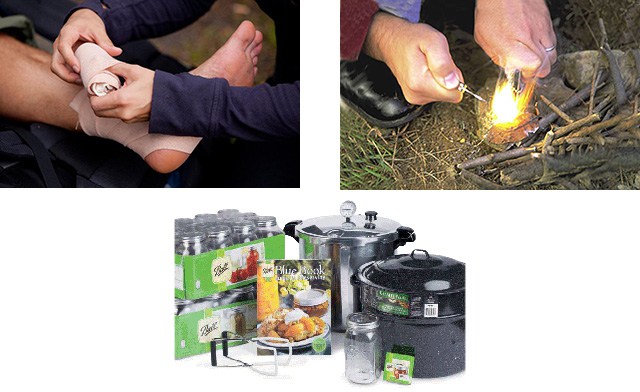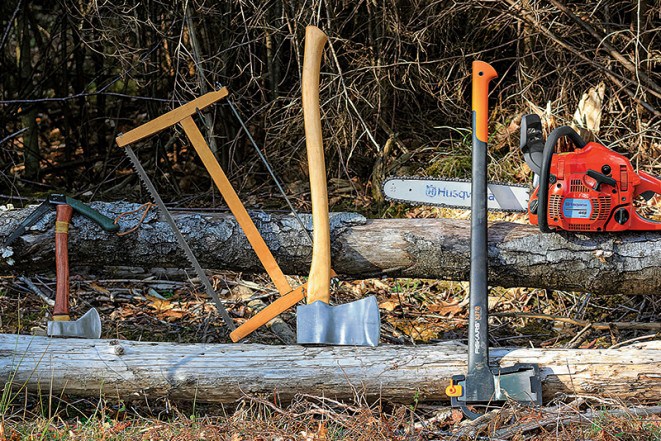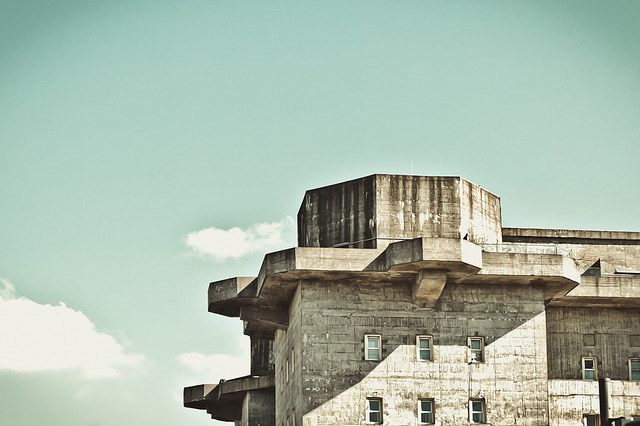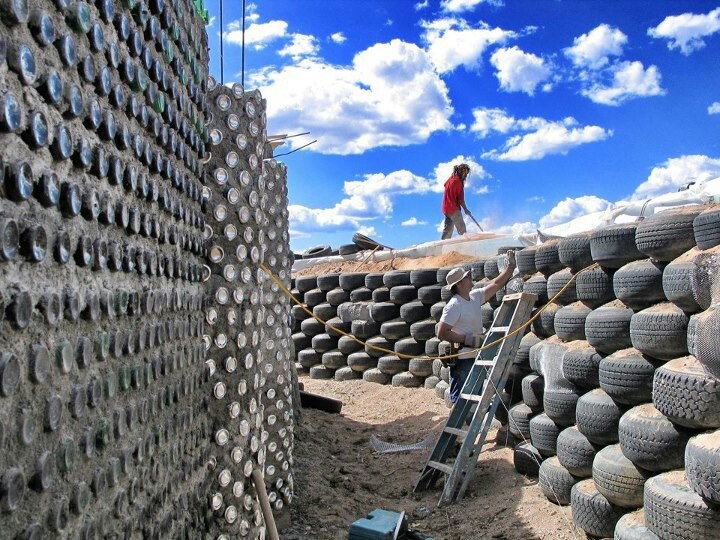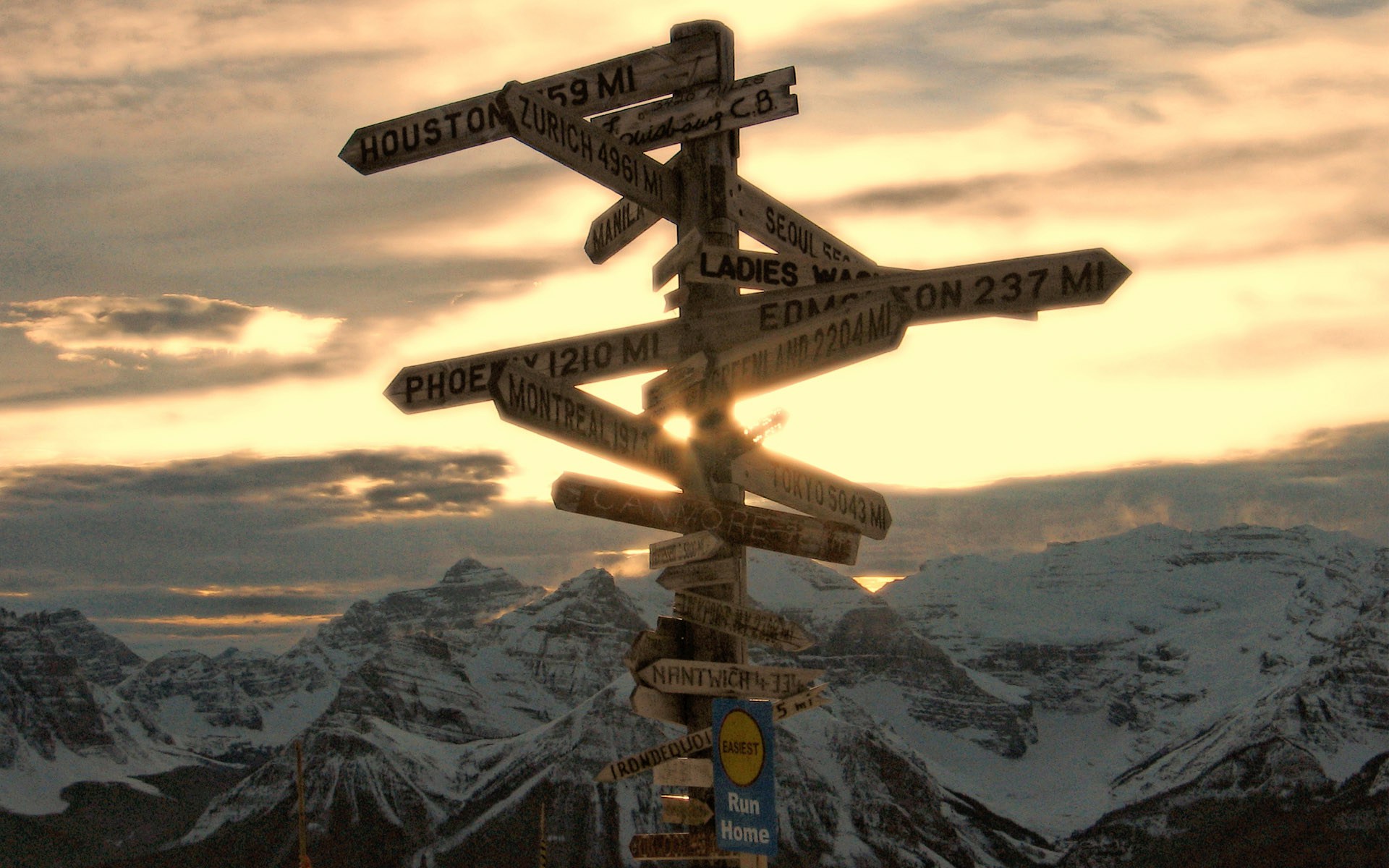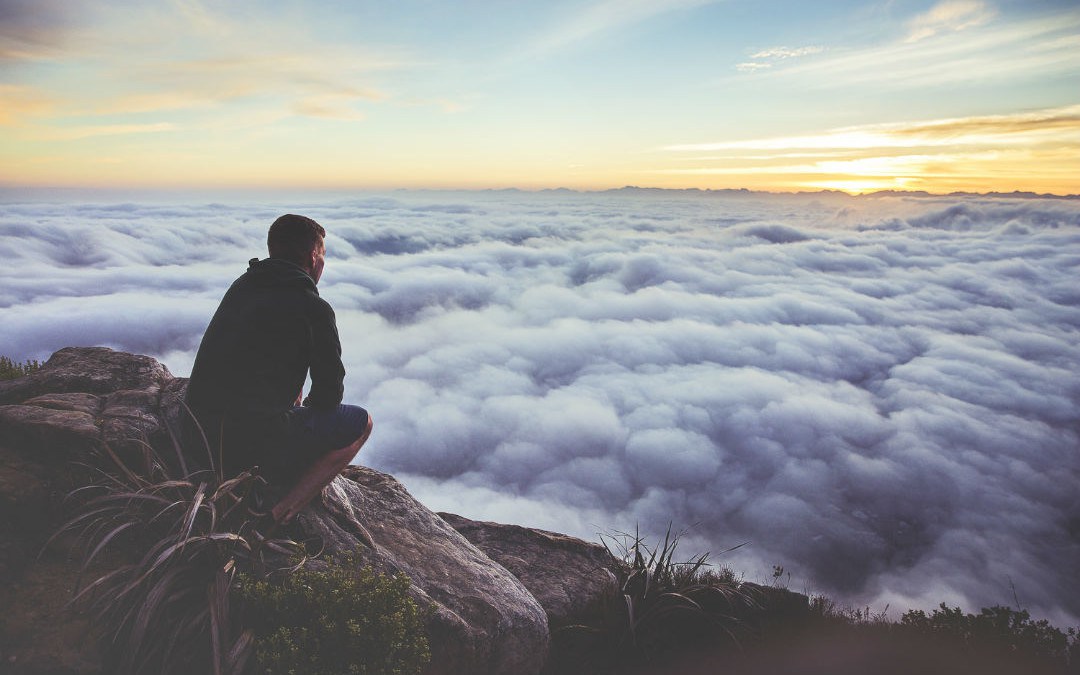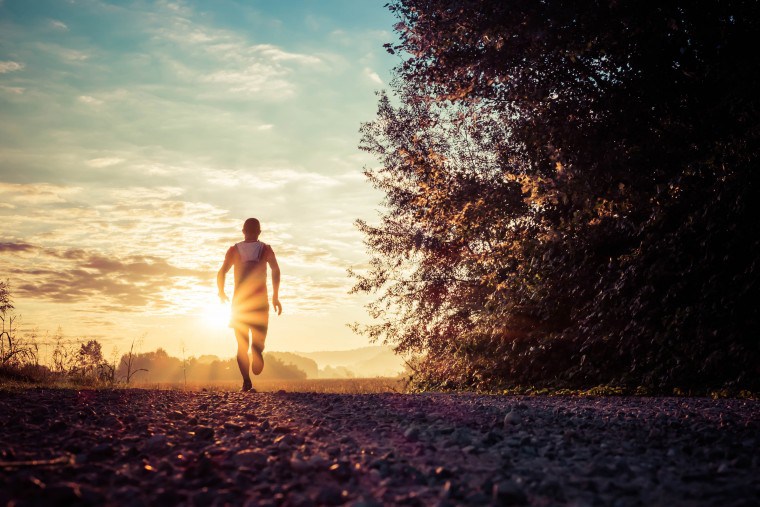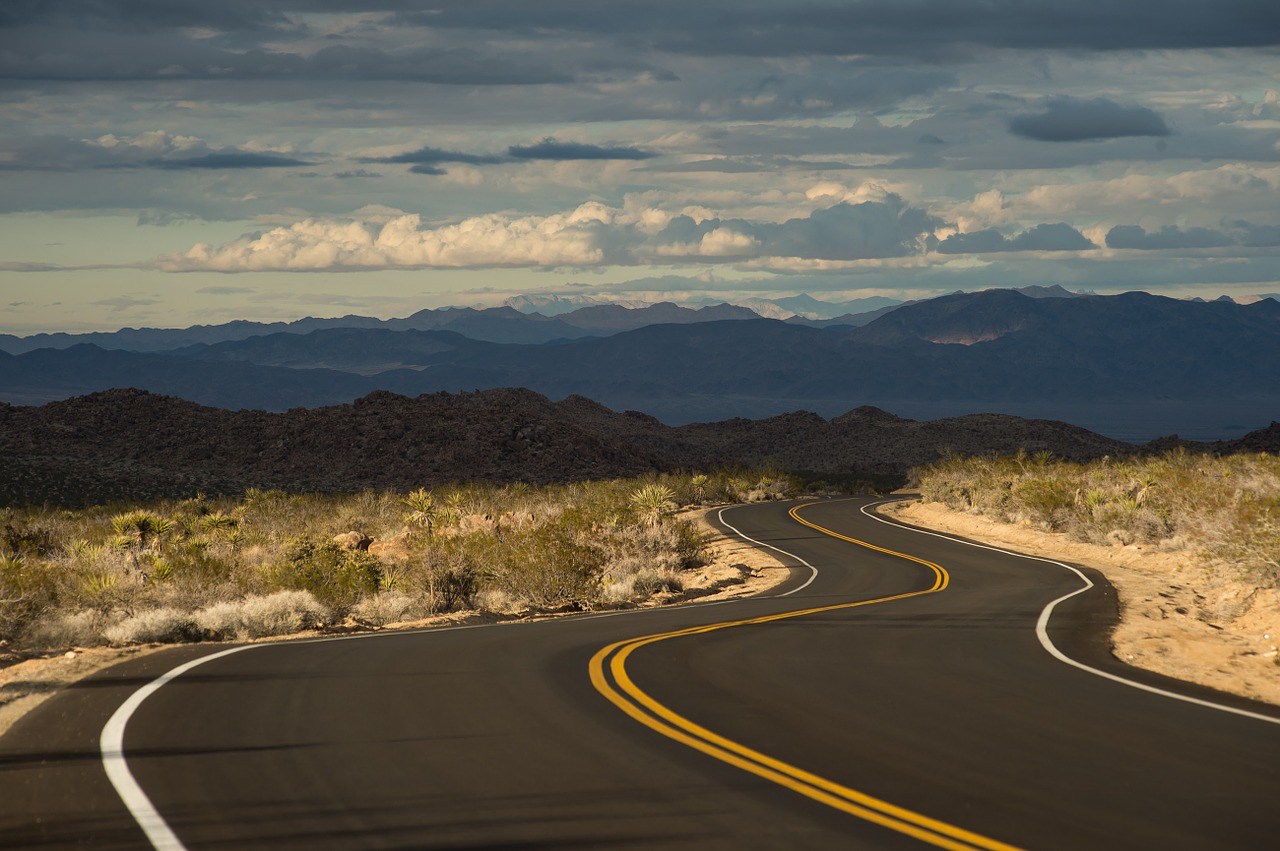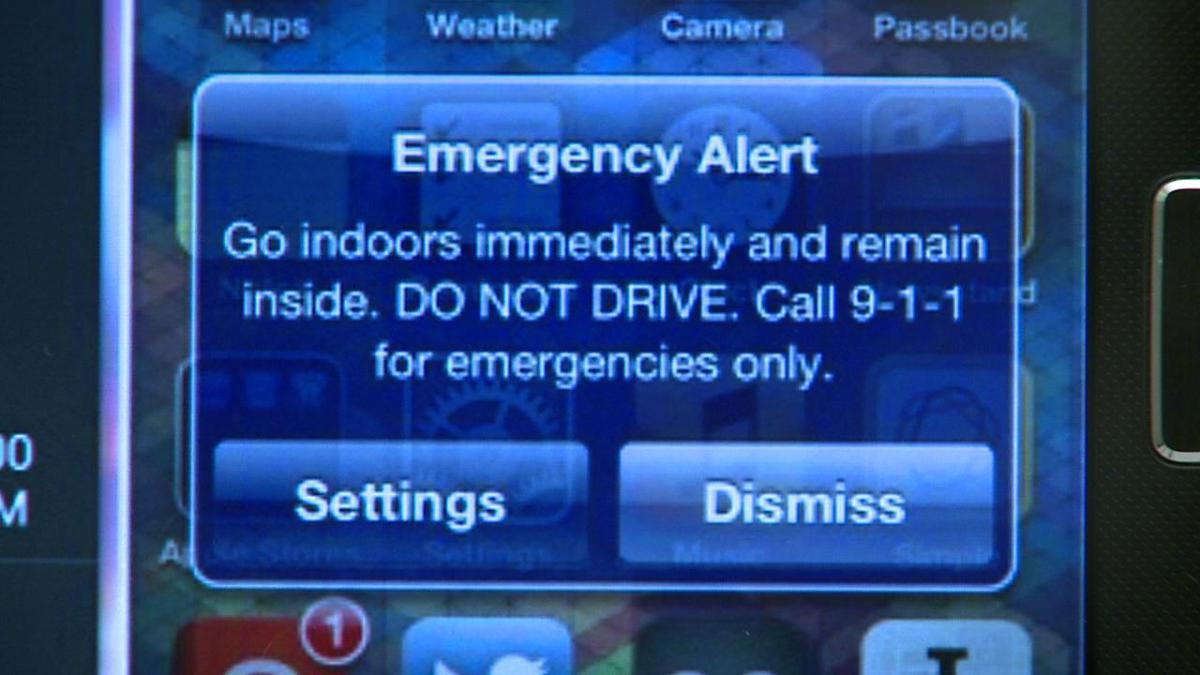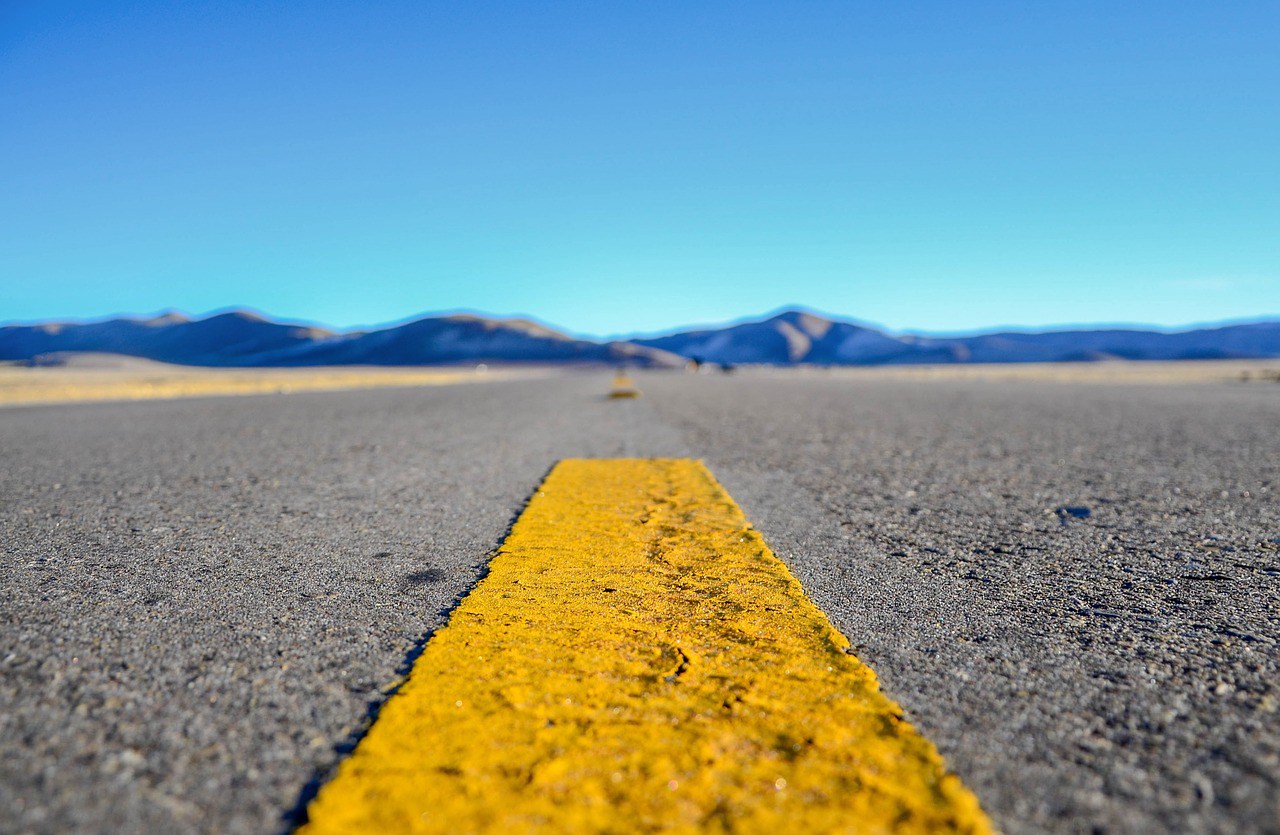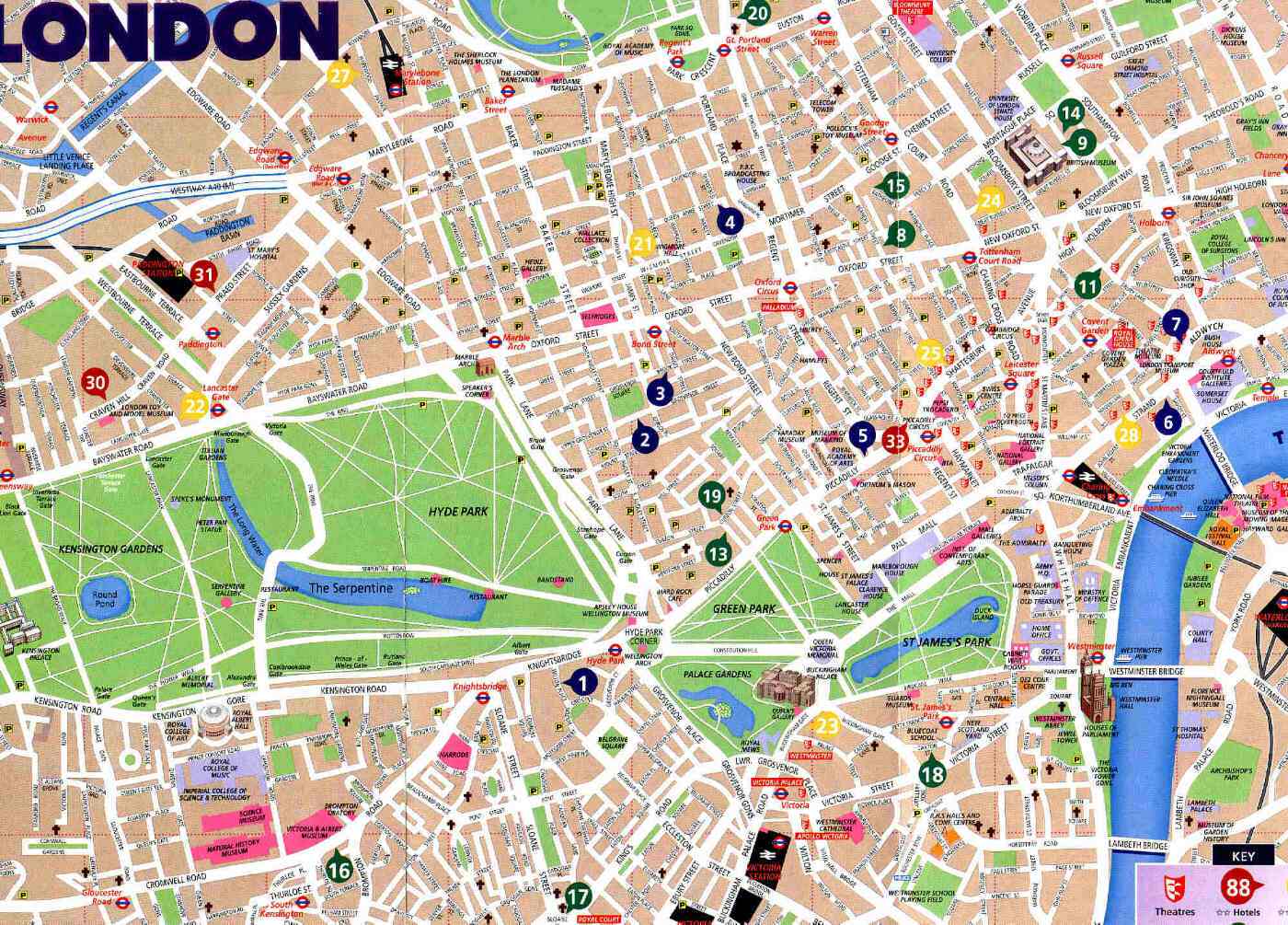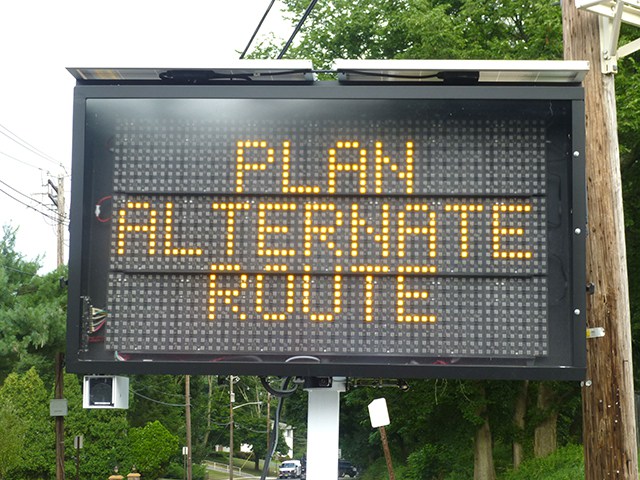After the Apocalypse: What Will You Do Then?
Many Preppers get into the lifestyle of prepping, trying to solve a problem. The individuals and scenarios each person has in mind while contemplating their own unique problem are a different as any can be, but the problem usually is the same. We are all trying to avoid suffering needlessly when we don’t have to. Preparedness can be summed up simply in my opinion. It is the act of taking proactive measures to mitigate the risks to life of disasters. We prepare so that if something bad happens we can be ready to stop it, to avoid it or to live through it. The “IT” is different for each of us. Everyone has their own version of something bad but many preparedness supplies can address the needs of numerous bad scenarios because at the end of the day, prepping is all about staying alive.
Frequently, as we begin planning for those bad scenarios, we envision all manner of horrible problems that we could face with our family. Perhaps the direst and most drastic vision we can collectively focus on is some form of Apocalypse. This is the worst movie plot imaginable, a Mad Max world where it is literally Hell on Earth and survival is pictured as every man for himself. The Road and Book of Eli and dozens of other prepper movies paint the picture so well of a bleak, dangerous landscape. The apocalypse is usually planet-wide and can be the result from many potential factors but the actual definition of what an apocalypse is varies according to every person’s interpretation. Without splitting hairs, we can likely all agree that an apocalypse is the worst prepping problem that any of us can imagine facing.
Some call it TEOTWAWKI and that is a good acronym, but can we have a true apocalypse without it being ‘The End of the World as We Know it’? Could most of the life on earth be wiped out or lost due to calamity without the world coming to an end? Maybe I am taking it too literally in this context, but I am not planning for the end of the world. If that happens, we will all be gone anyway.
But an apocalypse is something that you could still live through, right? At least that is what many of us seem to be prepping for. What could life be like after the apocalypse and why do so many preppers need to adjust your thinking about the probable facts of life we all plan on living through.
So you lived through the Apocalypse, now what?
Let me start out by saying that I may be just as guilty of thinking the way I am going to address here as anyone else and frequently, my thoughts on prepping tend to evolve or shift with something in the news. I have been known to write on the same subject from a couple, maybe contrasting viewpoints and I just chalk that up to some of the duties of writing a prepping blog and learning like so many others as I go. I don’t have too many prepper ideas that are set in stone and have been known to change my thinking occasionally.
Case in point is this one. Most of my preps to date have been what we should realistically categorize as short-term preparations. I have an amount of food stored up and the means to grow my own going forward if the conditions are favorable, but I am not guaranteed food forever. I have water stored up to last me through short-term emergencies and methods to collect and treat additional water in virtually limitless capacity provided it rains, but that doesn’t guaranty I will always have water. I have shelter options, a suitable amount of weapons and ammo stored, first aid supplies and medicine enough to last a while and knowledge in the form of books to teach myself or others a plethora of skills should I choose to read them, but all of those things guarantee nothing. I have prepping supplies but what does all that mean?
You may be thinking that all these supplies I have are meaningless if they are swept away in a house fire and you would be right. You may be saying to yourself, well that just proves that stuff is irrelevant; skills are what you need to focus on for survival and I can see that argument too, but everything above assumes that the situation will never change.
Life will keep moving after the Apocalypse
Preppers seem to be planning for these big problems in our lives that we can foresee coming down the road. I have talked openly about an Economic Collapse but I still think that even globally that would not be something we could say was an apocalyptic event. Whatever event you think could bring on that Mad Max scenario, war, famine, plaque, global warming, solar flares, earthquakes, meteor strikes, our preparations are at best going to last a short while. If you are amazingly prepared and also very fortunate, maybe you will live a couple of years after the unknown event has wiped out most of society. But what then?
Too often I talk to commenters and even other prepping bloggers who seem to have the thought that all we have to do is live through the initial chaos of our apocalypse problem and then we will be free to live out our lives in peace. As if we just need to survive the initial die off and then everyone left will be the ones ‘who were prepared’. Do we assume that the ones who were prepared will be free to just go back to farming our land? I don’t see this happening in history at all and even if it does, the initial period will likely not be months or years but decades. Are you prepared to survive on your freeze-dried food for that long?

Do we assume that the ones who were prepared will be free to just go back to farming our land?
Two thoughts I have on this are that first of all, it won’t just be the ones who were prepared that survive. It will be those who want to survive that live and many preppers will die just as quickly as those who weren’t prepared at all. Give me a desperate individual with nothing to lose and put them up against a scared neophyte with a basement full of supplies who believes in their own superiority without any practical training and expertise and I would bet on the desperate individual every time. The most well-armed ‘prepper’ in the world is nothing without the will to shoot when necessary and the good fortune not to be shot in the back first.
The second thought is that people throughout time have formed communities and eventually those communities need more resources. When they need more resources, that usually means that they have to expand their territory. If someone is in the way, there could be conflict. Where there is conflict, usually people die. Life in the apocalypse won’t be any different. Eventually you will need to form up with a larger group unless you are living in the trees or a cave somewhere. You can’t expect to just while your days away in peace and happiness growing a small garden and tending to your livestock while your solar power generator charges each day and allows you to watch your DVD collection that was stored alongside the DVD player in your Faraday cage forever.
Prepping isn’t a permanent solution
Preppers sometimes seem to have the attitude (and again, I have been slightly guilty of this myself on occasion) that we will by nature of our preparedness survive longer than anyone else. Perhaps that may be and many steps of preparedness certainly place us in a better position to do so in most situations, but nothing is guaranteed in life.
Prepping in my mind gives us an incredible advantage that many people don’t have, but it isn’t a superhero suit. Our prepping supplies don’t imbue on us any magical charm that will keep bad things from happening and even if we do outlive most people we are simply back to square one in a new game. When it comes to anything resembling apocalypse, your preparations if you are lucky will allow you to live for a while longer, but there won’t be any rest at that time. You will just advance to the next round and hope your planning, skills and preparations can continue giving you advantages over the next person.
As preppers, we need to be equally concerned about the other side of the disaster, not just making it through it when we are talking about Apocalypse. We need to plan not only on surviving, but rebuilding. What remains to be rebuilt will depend on the disaster I guess. In an apocalypse, it will probably be everything from our local level on up. This could take a huge amount of time and even if we make it to some rebuilding period, life as we knew it won’t ever be the same. We should all look at our prepping supplies, skills, plans and strategies as tools we hope to use to get us to that place where we have another opportunity to survive.
Prepping is a great lifestyle to practice and it has benefits from simple run of the mill problems to end of the world as we know it scenarios, but it is not a solution in and of itself. Prepping gives you a leg up, but you still have a part to play. There will still be difficulties even if you do make it through and knowing that going in may better prepare you when you come out the other side. Hope I see you all there.
Many Preppers get into the lifestyle of prepping, trying to solve a problem. The individuals and scenarios each person has in mind while contemplating their own unique problem are a

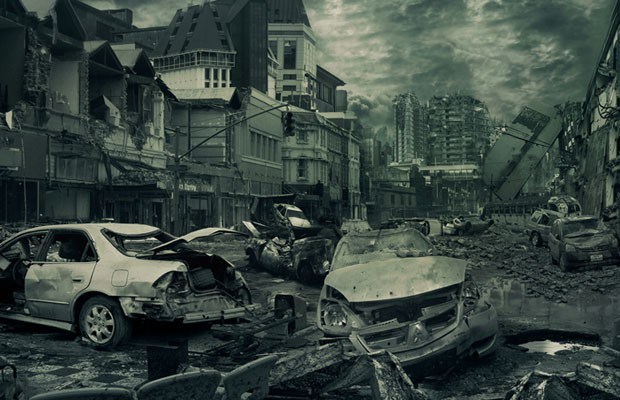


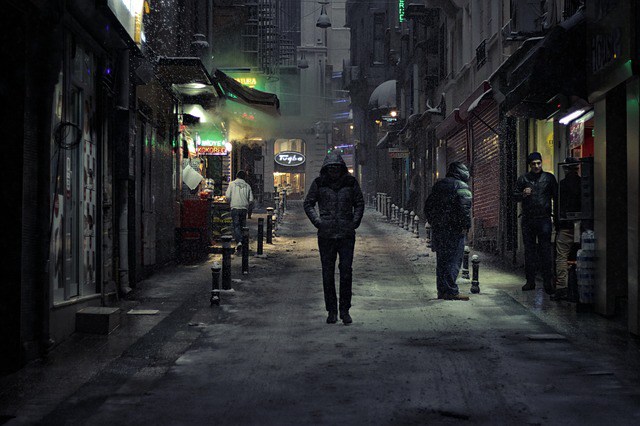
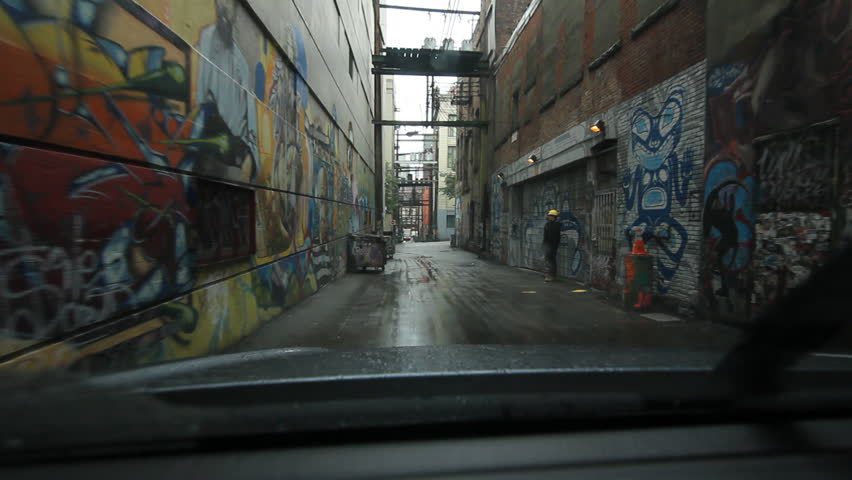
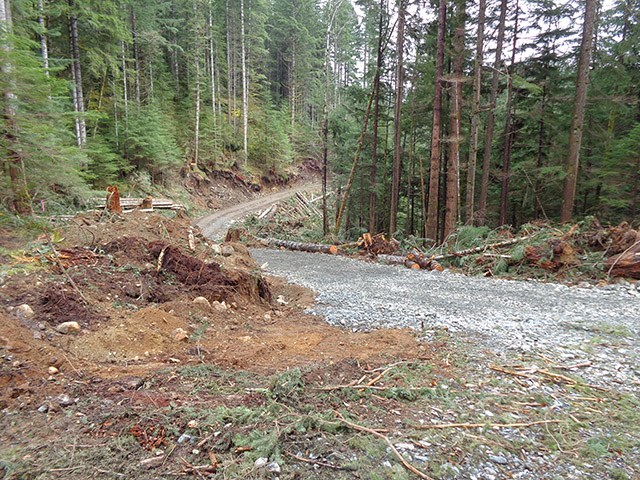


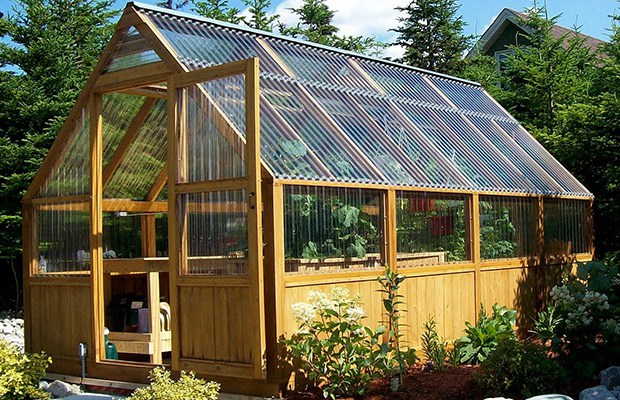


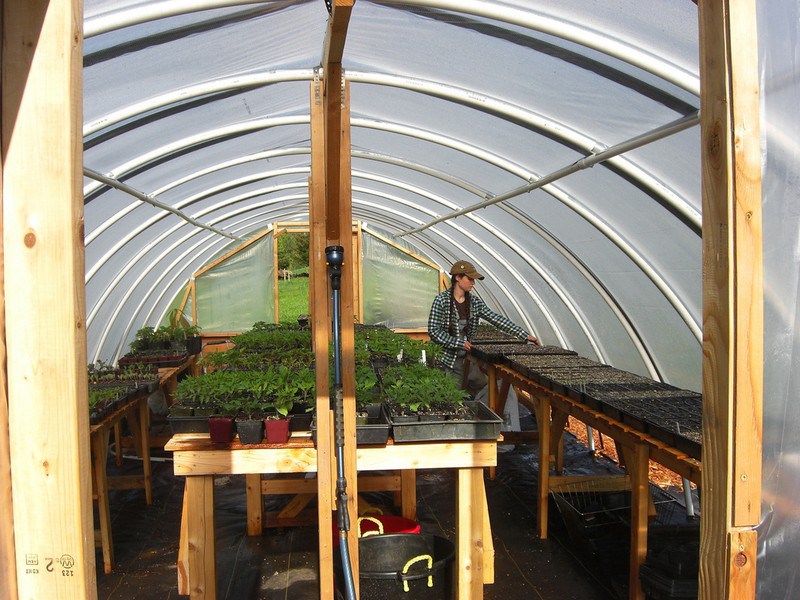

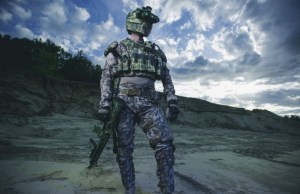
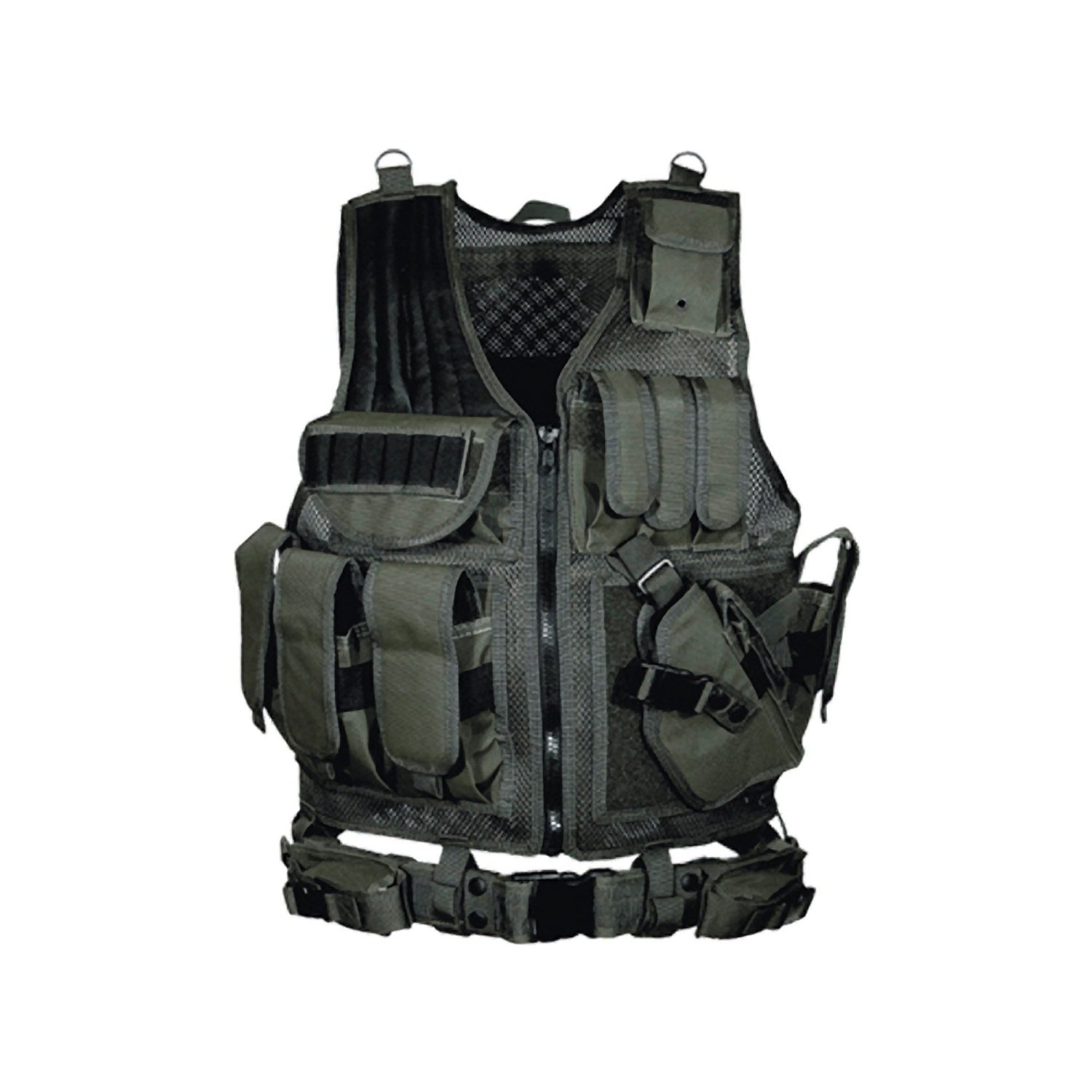
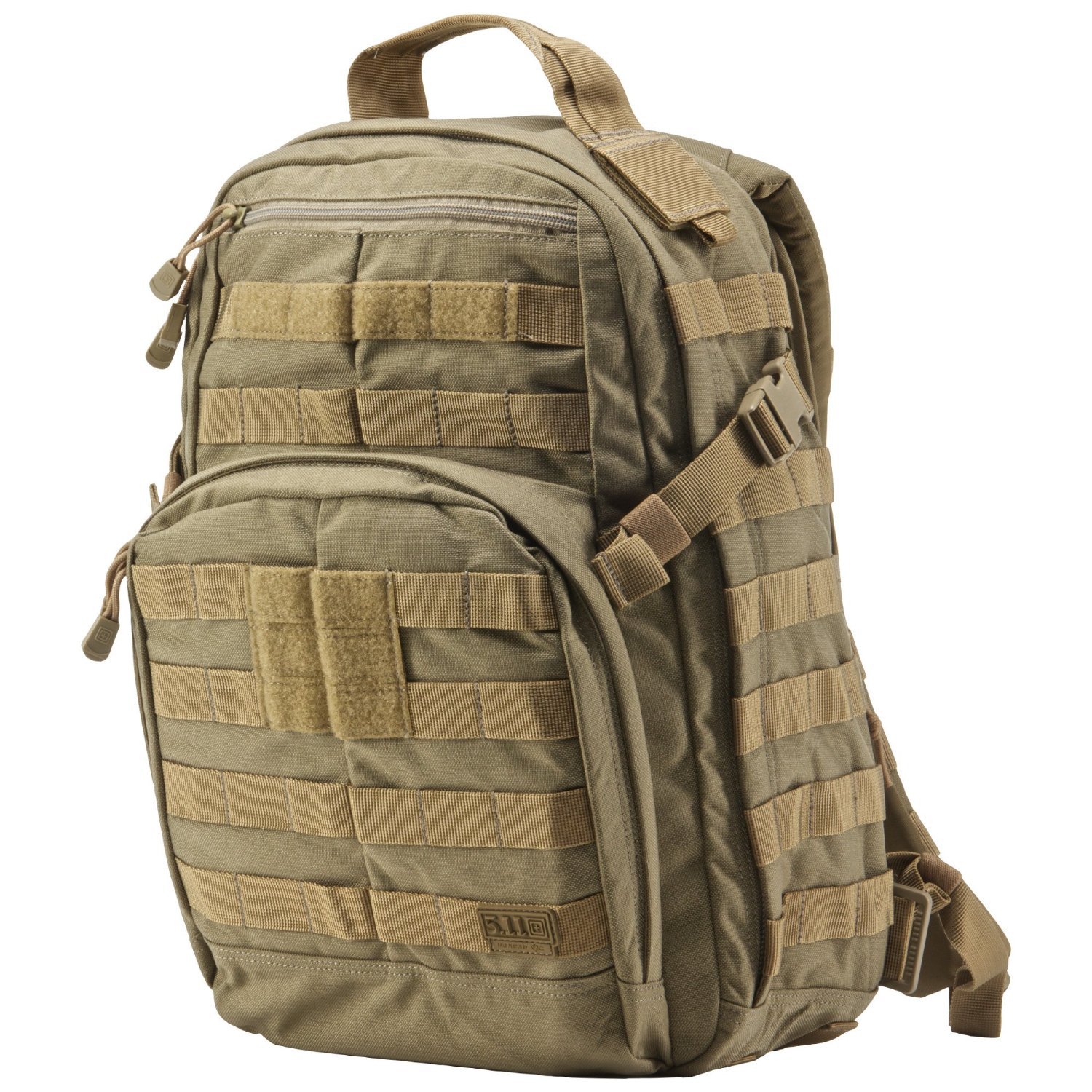
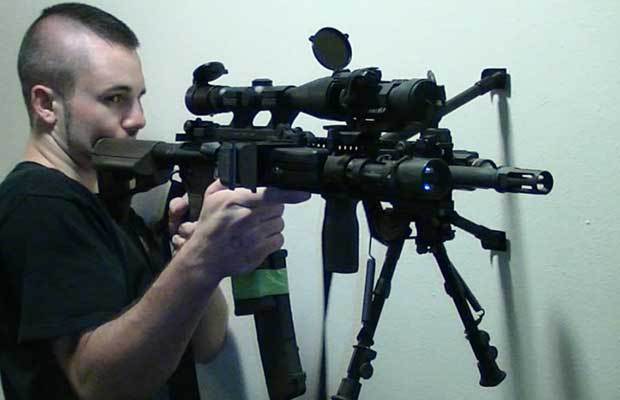


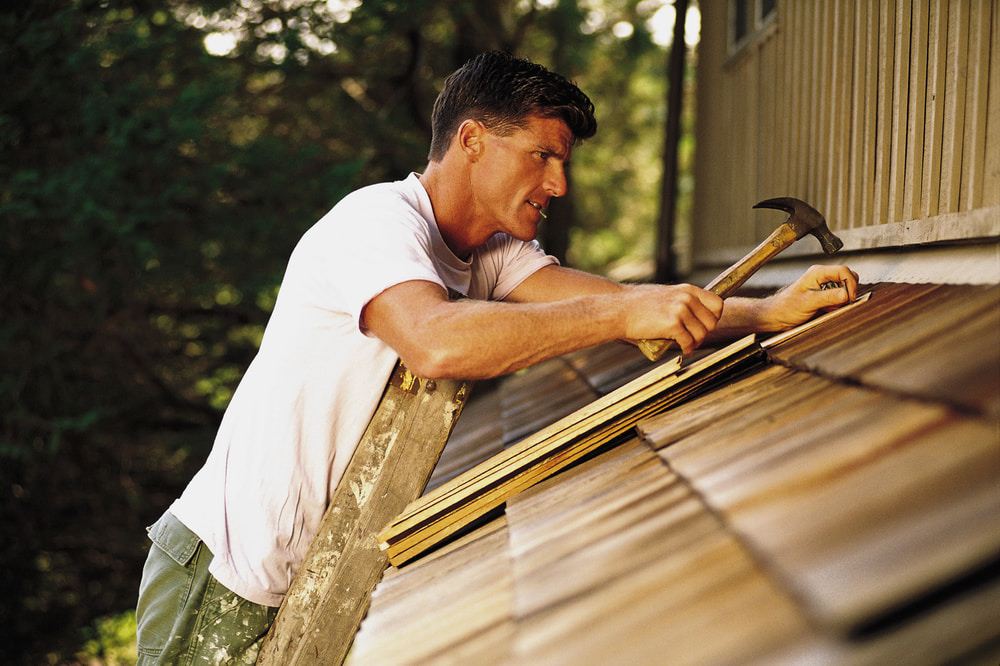
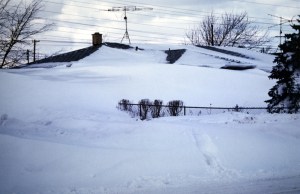
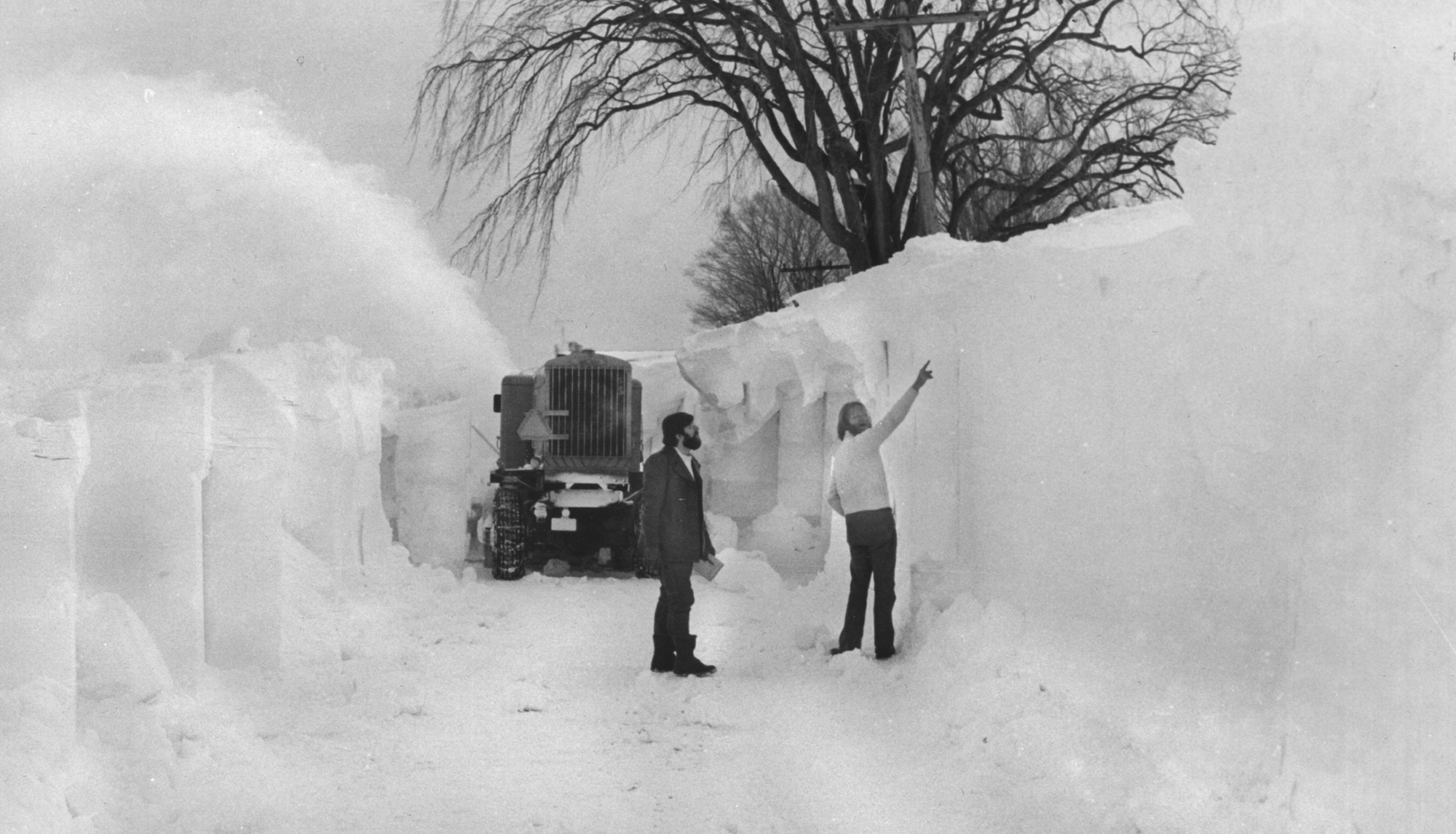
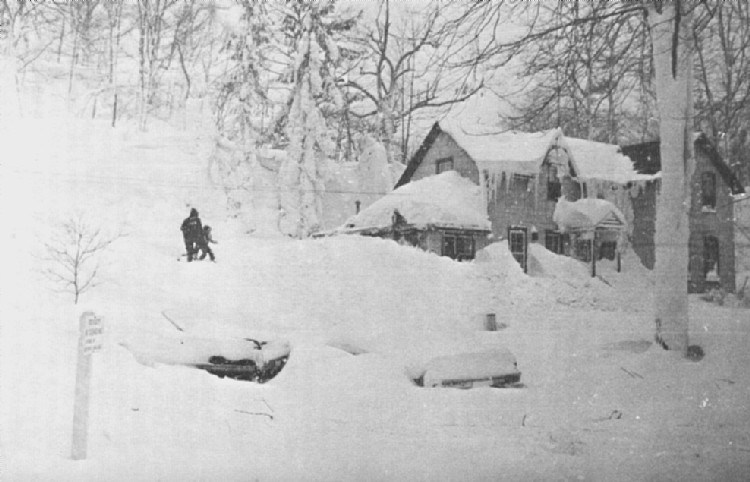
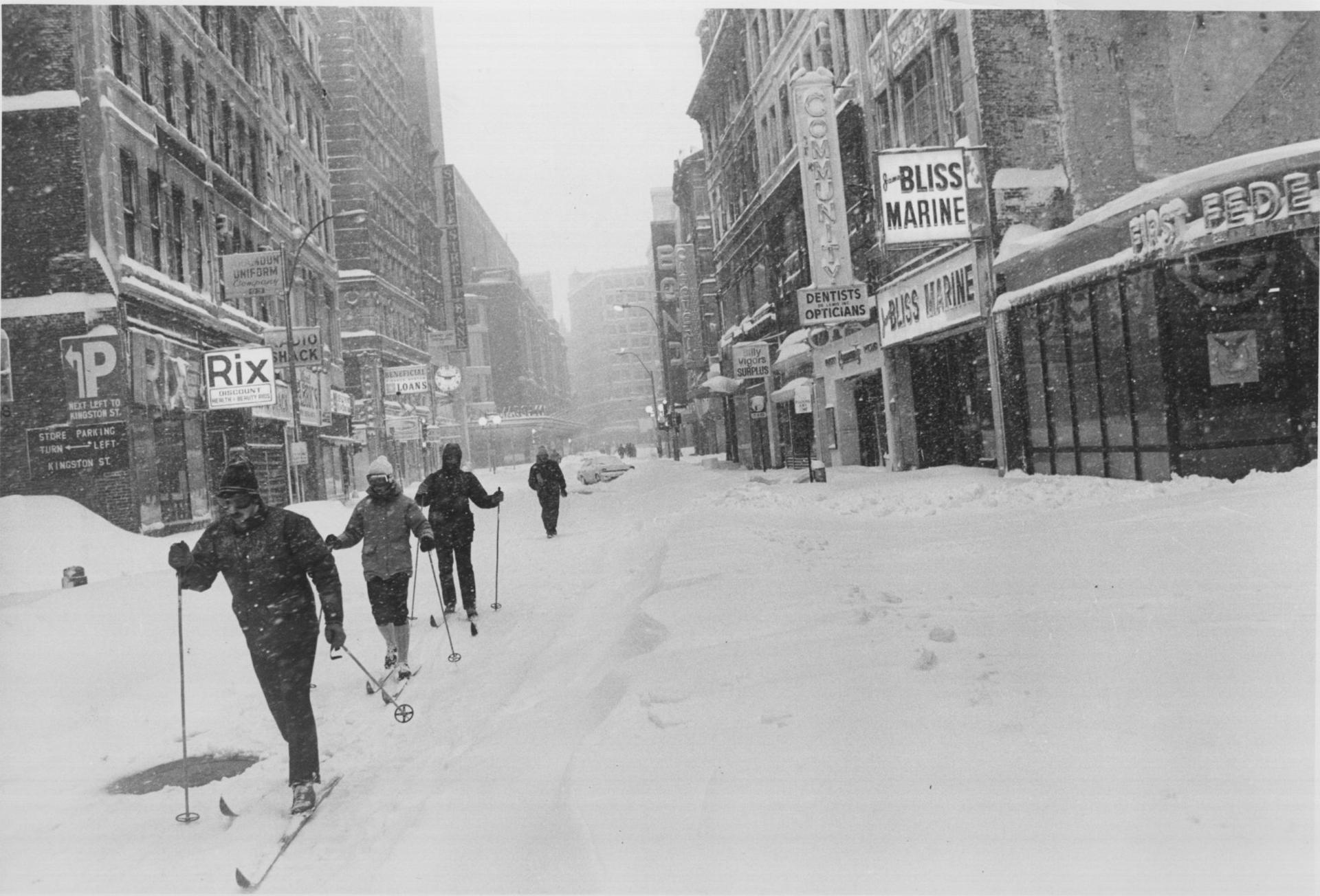

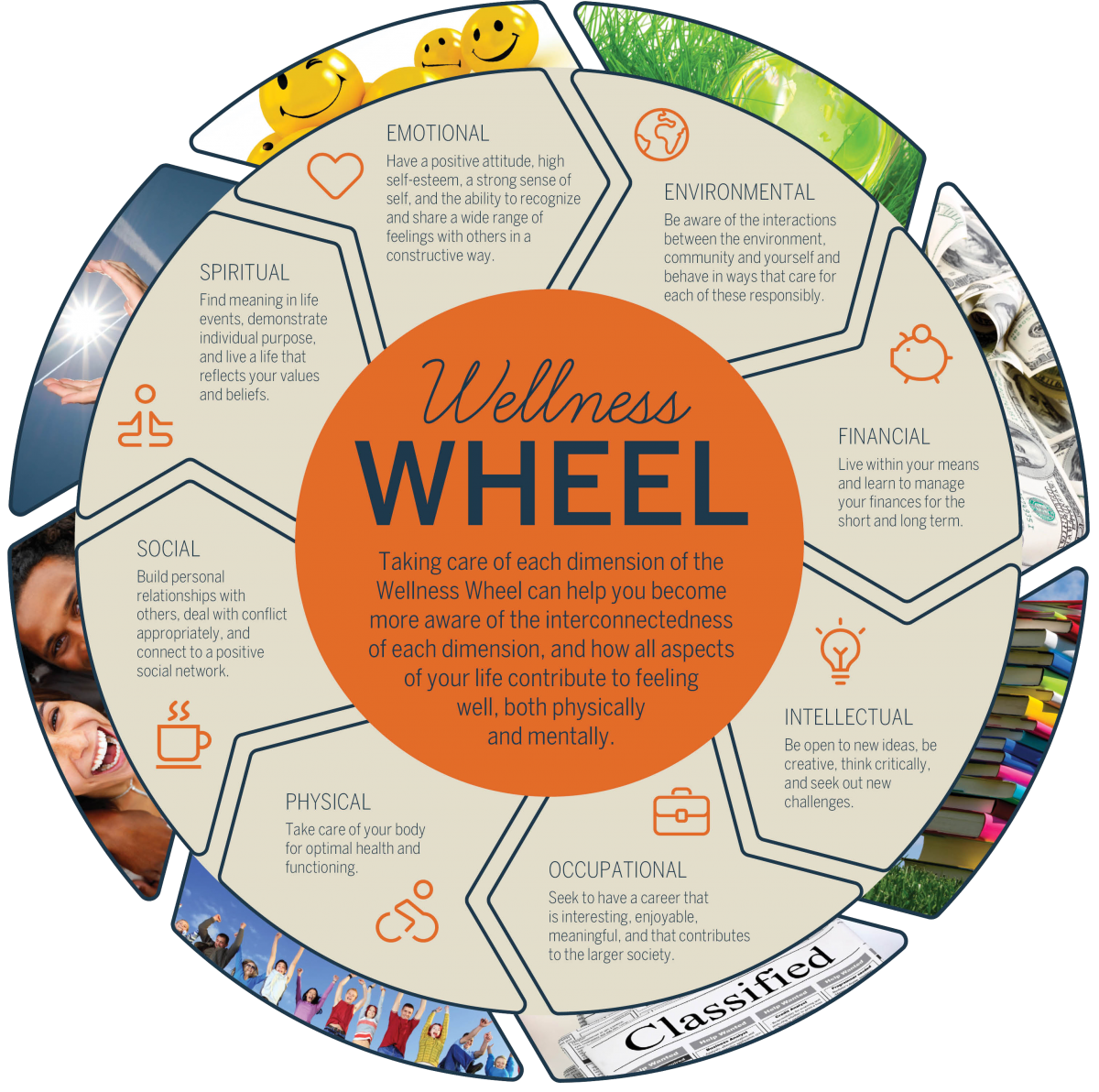
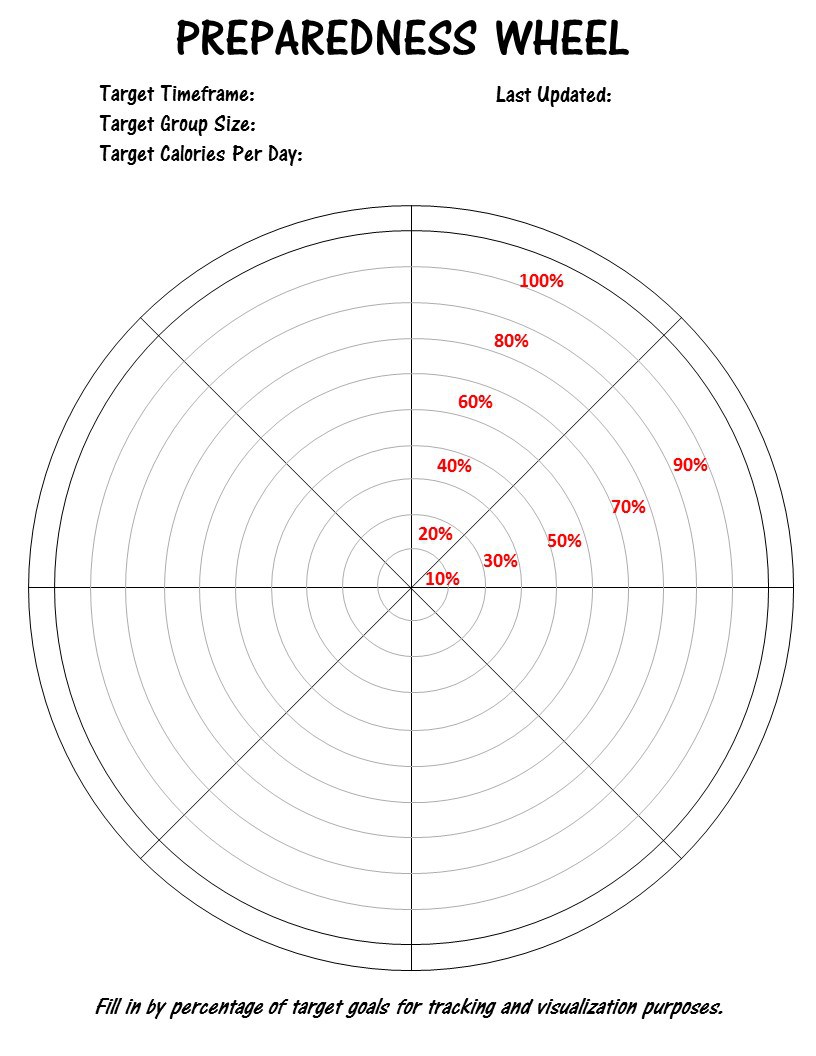 Potential categories for our Preparedness Wheel include:
Potential categories for our Preparedness Wheel include: